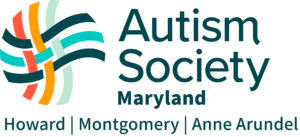Organization for Autism Research
The autism assessment process can feel overwhelming to many families — particularly families whose children are just entering the special education system. Families are likely familiar with an initial diagnostic assessment, but some may be surprised to learn that assessment is not a one-time event. In fact, assessments continue throughout your child’s time in school.
With multiple kinds of assessments happening on multiple timelines, it can be challenging to understand and keep track of the purposes of each one and the differences among them. This post will help you understand the different kinds of autism assessments and learn how to make the most of the assessment process
What is assessment for?
Most generally, an assessment involves gathering information about a child’s strengths and challenges in order to inform educational and intervention decision-making. To collect this information accurately and thoroughly, the professionals who conduct assessments may use surveys, interviews, questionnaires, observations, or standardized measures — or, often, a combination of these tools.
While we often experience assessments as isolated appointments or tasks, it is more useful to think of assessment as a continuous process. Assessment needs to be ongoing because assessments are used to guide decision-making. As professionals implement new strategies and work toward specific goals, they will need to assess your child again in order to determine whether these strategies are working for your child and enabling them to reach the goals they are aiming for.



























